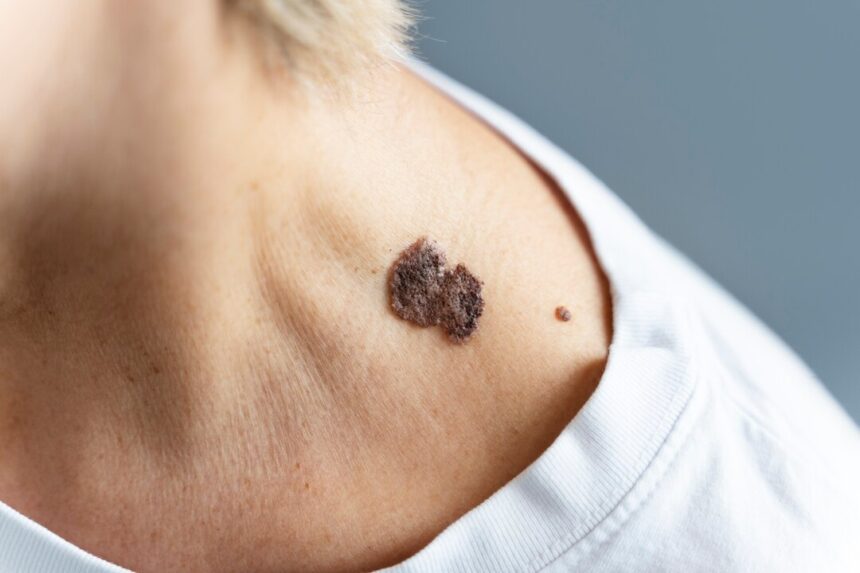Skin abnormalities such as skin tags, moles, and warts are common occurrences that can often cause confusion due to their similar appearance. While they may share some characteristics, each of these skin conditions is distinct in terms of their causes, characteristics, and treatment options. In this article, we’ll explore the key differences between skin tags, moles, and warts to help you better understand and identify them.
Skin Tags:
Skin tags, medically known as acrochordons, are small, soft, flesh-colored growths that typically hang off the skin by a narrow stalk or peduncle. They are most commonly found in areas where the skin rubs against itself, such as the neck, armpits, groin, and under the breasts. Skin tags are benign and non-cancerous, and they usually cause no symptoms other than cosmetic concerns. While the exact cause of skin tags is not fully understood, friction, hormonal changes, and genetics may contribute to their development. Skin tags can be easily removed by a dermatologist through procedures such as snipping, freezing, or cauterization.
Moles:
Moles, also known as nevi, are pigmented spots on the skin that vary in size, shape, and color. They are typically brown or black and can be flat or raised. Moles are caused by clusters of melanocytes, the cells that produce pigment in the skin. Most moles are benign, but some may become cancerous, particularly if they undergo changes in size, shape, or color. Moles can develop anywhere on the body and may appear at birth or develop later in life. It’s important to monitor moles for changes and to have them evaluated by a dermatologist if they exhibit any suspicious features.
Warts:
Warts are small, rough growths caused by the human papillomavirus (HPV). They can appear anywhere on the body but are most commonly found on the hands, feet, and genital area. Warts may vary in appearance depending on their location and type, with common warts being raised, rough, and flesh-colored, while plantar warts are flat and appear on the soles of the feet. Warts are contagious and can be spread through direct contact with an infected person or contaminated surfaces. Treatment options for warts include over-the-counter medications, prescription treatments, and procedures such as cryotherapy, laser therapy, or surgical removal.
Key Differences:
- Appearance: Skin tags are soft, flesh-colored growths that hang off the skin, while moles are pigmented spots that vary in color and texture, and warts are rough, raised growths caused by a viral infection.
- Causes: Skin tags may develop due to friction, hormonal changes, or genetics, while moles are caused by clusters of melanocytes and warts are caused by the human papillomavirus (HPV).
- Location: Skin tags are commonly found in areas where the skin rubs against itself, moles can develop anywhere on the body, and warts are often found on the hands, feet, and genital area.
- Treatment: Skin tags can be removed by a dermatologist through procedures such as snipping, freezing, or cauterization, moles may be monitored for changes or removed if necessary, and warts can be treated with over-the-counter medications, prescription treatments, or procedures such as cryotherapy or laser therapy.
While skin tags, moles, and warts may share some similarities in appearance, they are distinct skin conditions with different causes, characteristics, and treatment options. It’s important to be aware of these differences and to consult a dermatologist for proper diagnosis and management of any skin abnormalities. By understanding the unique features of each condition, you can better identify and address them to maintain healthy skin and overall well-being.










